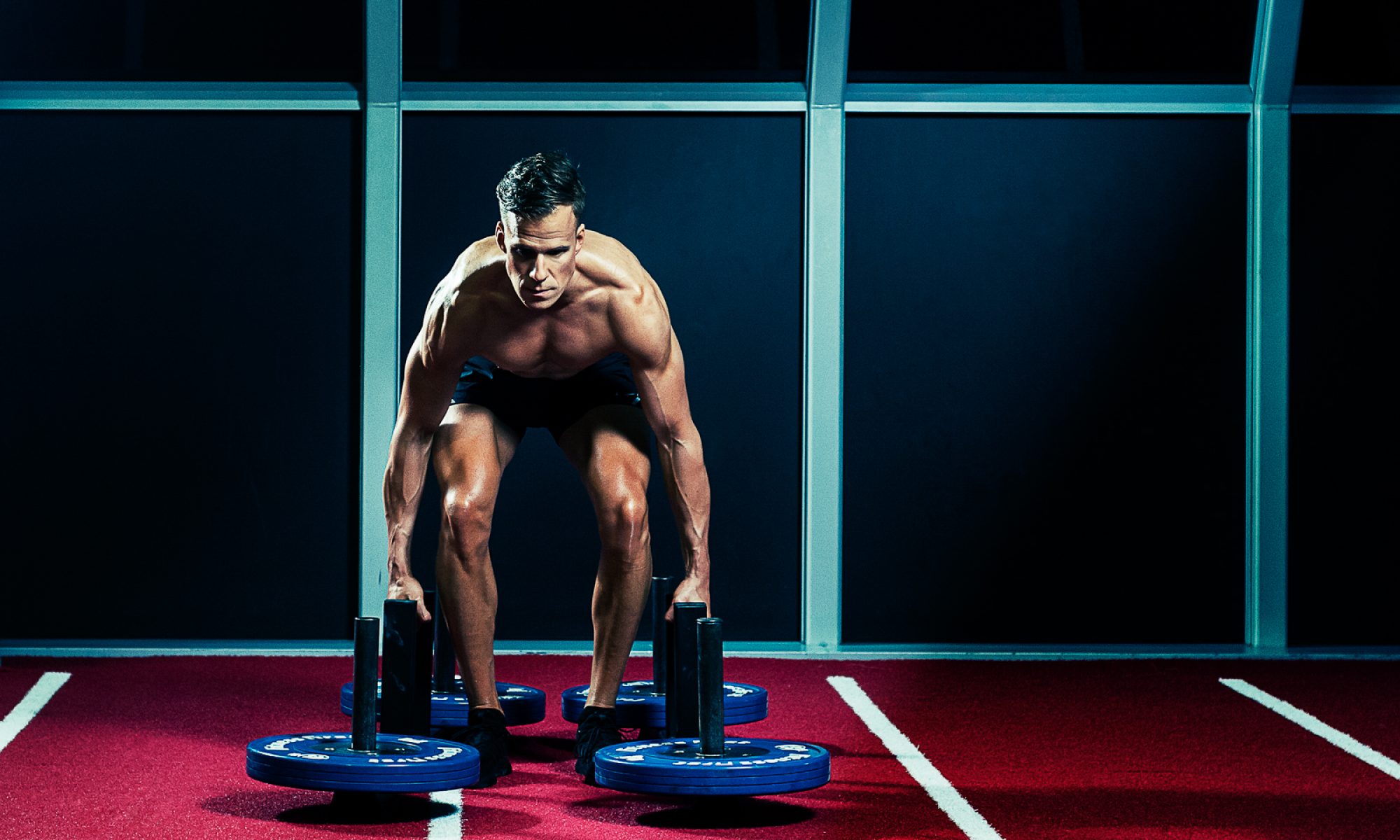If you have a job that makes you sit for a living or have been training for a while, chances are there are tissues in your body that are in need of some attention from a foam roller or a professional massage therapist. With “sitting becoming the new smoking,” there are a myriad of negative health implications that can affect your body and it’s ability to maintain mobility in certain joints along with weakness in muscles.
There is a view from some strength coaches that the foam roller is a waste of time and athletes/clients would be better of using the hand of a professional. While seeing a  professional massage therapist is the gold standard for taking care of soft tissues, it’s not always convenient or financially viable to see them multiple times per week. If you are like me and are systemically hypomobile (tight like a tiger), then learning how to effectively use the foam roller is the next best thing.
professional massage therapist is the gold standard for taking care of soft tissues, it’s not always convenient or financially viable to see them multiple times per week. If you are like me and are systemically hypomobile (tight like a tiger), then learning how to effectively use the foam roller is the next best thing.
In my 20s, I really neglected warm ups and mobility work… mainly because I could get away with doing not much at all, without experiencing any adverse effects. Little did I know at the time, that I was winding my body up like a guitar string ready to be painfully strummed by a massage therapist in my 30s! It’s only when I started running into issues/injures that I really began to learn how to better take care of my body for the long term. Pain will make you become a fast learner and be more proactive in things like foam rolling and corrective exercises.
Foam rolling/self-myofascial release (SMR) is one simple and effective tool NOT to be overlooked. Solid science from a university in Canada showed that using a foam roller for 2 minutes can increase range of motion by 10 degre es in the quads without any decrease in muscle activation or force. Unlike static stretching which is shown to reduce neural activity for up to 2 hours and create a 5 to 30% deficit in strength and power. (1) For this very reason, SMR is important pre-workout and needs to be targeted depending on the session/individual. SMR can be applied to various areas of the body providing
es in the quads without any decrease in muscle activation or force. Unlike static stretching which is shown to reduce neural activity for up to 2 hours and create a 5 to 30% deficit in strength and power. (1) For this very reason, SMR is important pre-workout and needs to be targeted depending on the session/individual. SMR can be applied to various areas of the body providing
a good understanding of how to execute. In the photo, you can see I’m releasing my gastrocnemius; unfortunately it wasn’t able to remove the fur from my lower leg!
Key tips and points for effective SMR (Foam roll)
- Start from the ground up: e.g. plantar fascia (bottom of the foot & works best with a golf ball), calves, quads, ITB, TFL, glutes, thoracic, lats, triceps etc.
- Expose and put on a slight stretch the muscle you are rolling e.g. if you’re trying to roll the calves, then pull your toes to shins.

- Take diaphragmatic breaths and relax your self onto the roller.
- If you find a sore spot/trigger point, stay on this area and try to relax. After 5 to 30 seconds the discomfort should lessen. Note you should feel discomfort but not unbearable pain.
- Never roll a joint or bone and stay away from rolling your lower back.
- For tricky areas to reach and specific trigger points, using a tennis or hard rubber ball can work better than a foam roller.
- Get a medical rehab professional or someone who is appropriately trained to show you how to execute these techniques if unsure. It’s a good idea to be safe, especially with acute pain.
With all that being said, you will be able to move well into your senior years if you roll on that foam roller.
Adam
[optinform]
References:
- MacDonald GZ, Penney MD, Mullaley ME, Cuconato AL, Drake CD, Behm DG, and Button DC. An acute bout of self-myofascial release increases range of motion without a subsequent decrease in muscle activation or force. The Journal of Strength & Conditioning Research 27: 812-821, 2013.


